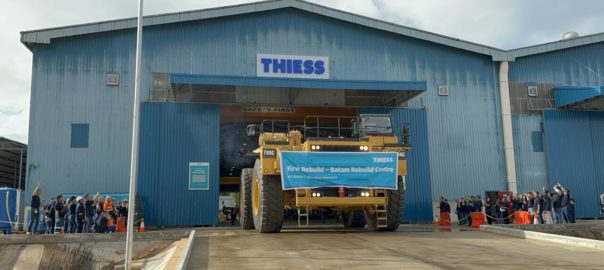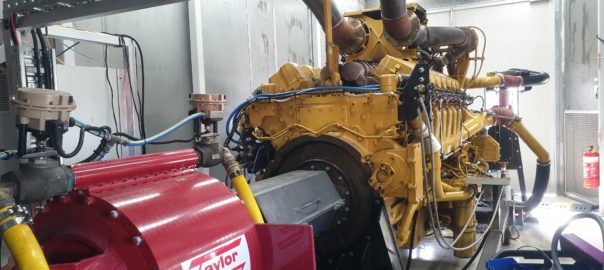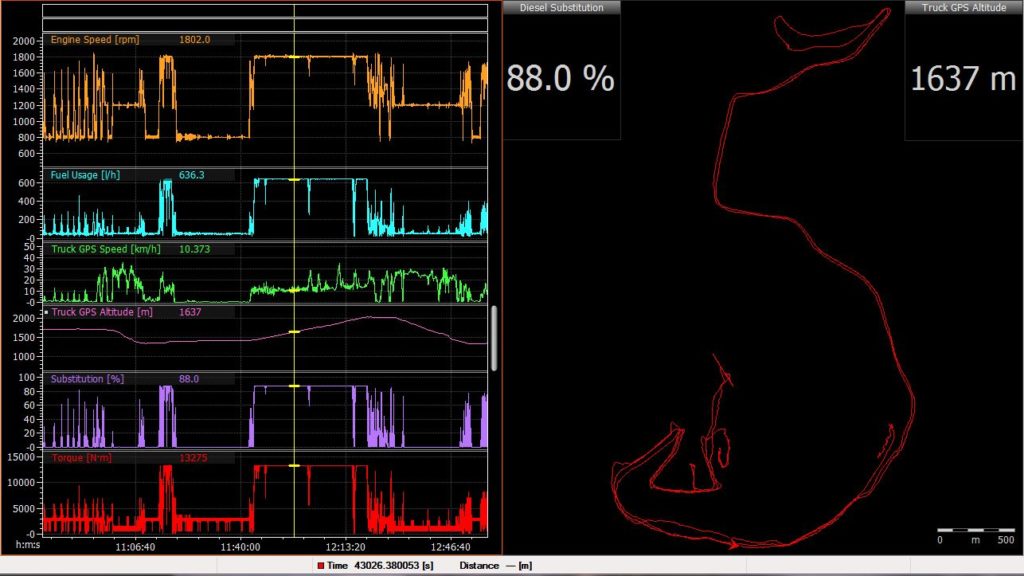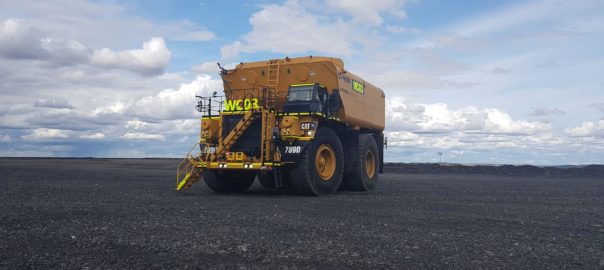Employees at the Thiess Rebuild Centre on Batam Island, Indonesia, have celebrated the completion of the centre’s first zero-hour rebuild Cat 789 truck, marking a significant milestone for the company.
Ten Cat 789 haul trucks from Thiess’ Indonesian operations arrived on Batam Island in October while the facility was being constructed, and, less than two months later, the facility is operational and the first Indonesian truck rebuild has been successfully completed.
Thiess Group Executive Assets, Technical Services and Technology, Ramesh Liyanage, said: “Our Thiess Rebuild Centre team is a great example of our long-standing expertise in asset management and fleet maintenance. This rebuild facility demonstrates how Thiess can leverage our global expertise and come together to solve complex problems. It’s the next step up in the evolution of our capabilities and service offerings.”
Thiess Batam Engineering General Manager, Daryl Albury, added: “The team has successfully reset the usage clock on this truck to zero hours, extending its service life by a further 40,000 to 60,000 hours.
“We have another four 789s stripped back, ready to go through a complete overhaul of all major components, and a full refurbishment of chassis and all electrical systems.
“Once the first batch of five 789s are completed, they will be shipped across to Thiess’ Australian operations to meet the growing demand for fleet. We look forward to this being the first truck of many over the coming years with a plan to rebuild up to 160 Thiess and third-party trucks per annum.”










